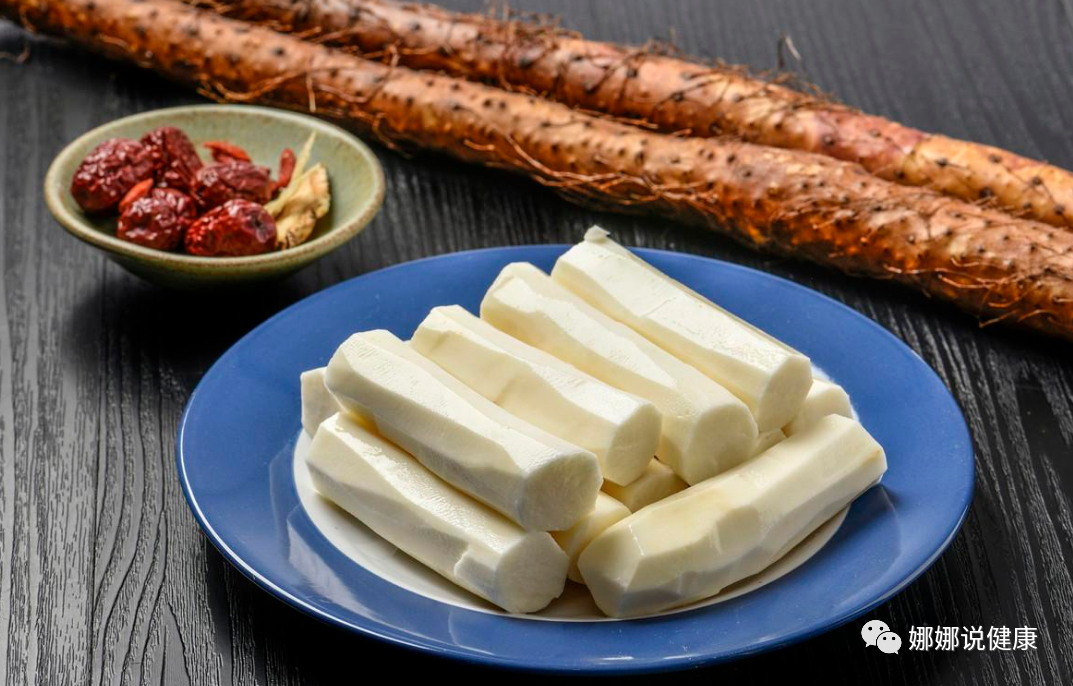In Traditional Chinese Medicine (TCM), phlegm-dampness (痰湿) refers to a viscous substance formed due to abnormal water metabolism in the body, which can exist in various parts of the body, such as the lungs, spleen, and stomach.
Individuals with a phlegm-damp constitution often exhibit symptoms such as a heavy, sticky body, fatigue, and poor appetite. Prolonged accumulation of phlegm-dampness can lead to obstructed Qi flow, affecting normal bodily functions and potentially causing various diseases.

1. Causes and Hazards of Phlegm-Dampness
1. Cause Analysis
The formation of phlegm-dampness is related to various factors, primarily including irregular diet, emotional disturbances, lack of exercise, and constitutional factors.
Excessive intake of greasy, sweet, and cold foods can increase the burden on the spleen and stomach, leading to the generation of phlegm-dampness; significant emotional fluctuations, such as depression and anxiety, can also affect spleen and stomach function, producing phlegm-dampness; additionally, lack of exercise can slow down the metabolism of body fluids, making phlegm-dampness more likely to accumulate.
2. Revealing Hazards
Phlegm-dampness can cause discomfort and may lead to various diseases, such as obesity, hypertension, and diabetes. In TCM theory, phlegm-dampness is also closely related to cardiovascular diseases and digestive system disorders.

2. Identification and Self-Assessment of Phlegm-Dampness
1. Characteristics of Phlegm-Damp Constitution
Individuals with a phlegm-damp constitution may exhibit pale or yellowish complexion, along with other symptoms such as heavy limbs, swelling, especially noticeable in the morning or after prolonged standing.
Their tongues are usually thick, moist, and may have teeth marks, indicating weak spleen function and internal retention of water-dampness. The color and texture of the tongue coating also reflect the degree of phlegm-dampness in the body; a white, greasy coating indicates lighter phlegm-dampness, while a yellow, greasy coating may suggest heavier phlegm-dampness.
A sticky or foul taste in the mouth may be related to damp-heat in the digestive system, which are common characteristics of individuals with a phlegm-damp constitution.
2. Self-Assessment Methods
Self-assessing a phlegm-damp constitution can also be done by observing small details in daily life. For example, individuals with a phlegm-damp constitution may notice that their sweat is sticky and does not evaporate easily, due to excessive internal dampness.
Additionally, their excretions, including urine and stool, may show varying degrees of abnormalities, such as loose or sticky stools and cloudy urine.
Women may notice increased vaginal discharge that is cloudy. These are signals from the body attempting to expel excess moisture and toxins. Due to the impact of phlegm-dampness on digestion, appetite may decrease, leading to poor appetite and even symptoms of indigestion.
Observing these subtle bodily changes can help in timely detection and adjustment of phlegm-damp constitution.

3. Treatment Principles for Phlegm-Dampness
1. Basic Principles of TCM Treatment for Phlegm-Dampness
In TCM theory, soothing the liver and relieving depression is primarily aimed at regulating emotions, as prolonged stagnation can generate phlegm. Strengthening the spleen and promoting dampness elimination is essential because the spleen is the foundation of postnatal life and is responsible for the transformation and transportation of water-dampness; if the spleen is weak, dampness will remain and generate phlegm.
Additionally, attention should be paid to warming the kidneys and dispersing cold, as kidney Yang deficiency can also lead to poor water metabolism. Through various methods such as herbal medicine, acupuncture, and cupping, the function of the internal organs can be adjusted to facilitate the transformation and expulsion of phlegm-dampness.
2. Dietary Recommendations for Nourishment
In terms of dietary nourishment, in addition to avoiding raw, cold, greasy, and overly sweet foods, it is also advisable to reduce the intake of highly stimulating foods such as spicy foods and alcohol to avoid promoting dampness and phlegm.
It is recommended to consume ingredients that strengthen the spleen, such as Huang Dou (黄豆, Yellow Soybean), Shan Yao (山药, Chinese Yam), and Hong Zao (红枣, Red Dates), which can enhance the spleen and stomach’s transformation function.
At the same time, consuming an appropriate amount of fiber-rich fruits and vegetables can help clear dampness from the intestines and promote digestive health.

4. Application of Chinese Patent Medicines in Phlegm-Dampness Treatment
1. Introduction to Chinese Patent Medicines
Chinese patent medicines refer to finished medicines made from traditional Chinese medicinal materials according to TCM theories and specific formulas. For treating phlegm-dampness, Chinese patent medicines are widely used due to their unique advantages, such as mild effects, minimal side effects, and strong targeting.
2. Case Sharing
For example, a certain Chinese patent medicine—“Phlegm-Damp Tea” (祛痰湿茶), composed of Cang Zhu (苍术, Atractylodes), Chen Pi (陈皮, Dried Tangerine Peel), and Fu Ling (茯苓, Poria), effectively strengthens the spleen, promotes dampness elimination, and soothes the liver. After taking it, many patients reported feeling much lighter, with significant improvement in symptoms related to phlegm-dampness.
5. Case Analysis: Treatment Journey of a Phlegm-Damp Constitution Patient
1. Patient Case Introduction
Mr. Zhang, 35 years old, has long faced work pressure and irregular eating habits, and in recent years has experienced symptoms such as a sticky mouth, heavy body, and easy fatigue.
2. Treatment Process Record
After being diagnosed by a TCM practitioner, Mr. Zhang was informed that he had a phlegm-damp constitution and began taking “Phlegm-Damp Tea.” At the same time, he adjusted his dietary habits, reducing the intake of greasy foods and increasing the proportion of vegetables and fruits.
3. Treatment Effect Evaluation
After one month of adjustment, Mr. Zhang’s physical condition significantly improved, with much less of the previous sticky and heavy sensations, and he also lost some weight.

6. Relationship Between Lifestyle and Phlegm-Dampness
1. Adjustment of Lifestyle Habits
To effectively prevent and treat phlegm-dampness, maintaining consistent healthy habits in daily life is crucial. Regular routines are particularly important for maintaining the normal operation of the body’s biological clock, which helps balance endocrine function, thereby promoting metabolism and reducing the generation of phlegm-dampness.
A reasonable dietary structure means consuming high-quality proteins, appropriate amounts of complex carbohydrates, and abundant fiber while limiting high-sugar and high-fat foods.
Additionally, engaging in moderate exercise daily not only enhances physical fitness but also improves Qi and blood circulation, significantly affecting the regulation of the body’s phlegm-damp balance.
2. Exercise and Phlegm-Dampness
Moderate physical activity can activate bodily functions, accelerate blood circulation and lymph flow, all of which are effective ways to help the body eliminate phlegm-dampness.
The heat generated during exercise helps to “dry dampness,” expelling excess moisture through sweat, while also promoting digestive system activity, reducing the accumulation of phlegm-dampness in the body.
However, it is important to note that the amount of exercise should be appropriate to individual constitution; excessive vigorous exercise may lead to decreased bodily resistance, which is not conducive to the resolution of phlegm-dampness.

Conclusion
Improving a phlegm-damp constitution requires a comprehensive management plan, including appropriate medication, dietary adjustments, and lifestyle changes.
Through such a comprehensive approach, we can effectively control and eliminate phlegm-dampness, restoring the body’s health.
Remember, “If phlegm-dampness is not eliminated, the more you supplement, the more it blocks.” Only by truly clearing phlegm-dampness from the body can all functions operate normally, achieving a true state of health.

